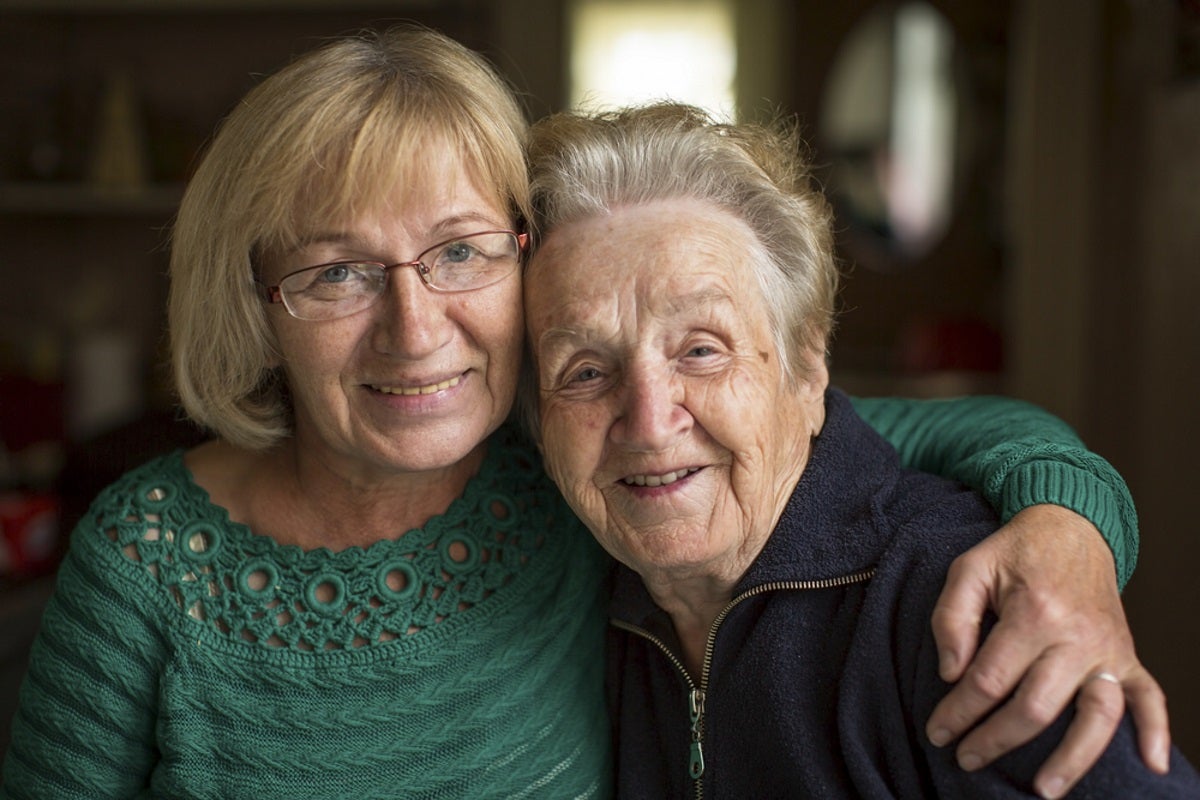BRCA1 mutations linked to increased risk for serous, serous-like endometrial carcinoma
Women who harbored a BRCA1 mutation had increased risk for serous and serous-like endometrial carcinoma following risk-reducing salpingo-oophorectomy, according to the results of a prospective cohort study.
Although risk-reducing salpingo-oophorectomy is standard for women who harbor BRCA mutations, the role of concomitant hysterectomy is controversial because the risk for uterine cancer in this cohort had been unclear. Some studies had suggested that the risk for uterine corpus cancer in these women was linked to tamoxifen citrate use.
“Serous uterine cancer generally only accounts for about 10% of all uterine cancer diagnosed compared with the much more common endometrioid cancer, which accounts for 80% to 85% of uterine cancers,” Noah D. Kauff, MD, director of clinical cancer genetics program at Duke Cancer Institute of Duke Medicine, told HemOnc Today. “However, serous cancer is associated with a much worse outcome — it accounts for approximately 40% of all uterine cancer-related mortality.”
Researchers evaluated data from 1,083 BRCA–positive women (median age at surgery, 45.6 years; interquartile range [IQR], 40.8-52.2; 94.6% white) who underwent risk-reducing salpingo- oophorectomy without a prior or concomitant hysterectomy at one of nine academic medical centers in the United States and United Kingdom. The cohort included 627 women with a BRCA1 mutation, 453 with a BRCA2 mutation and three with both mutations.







